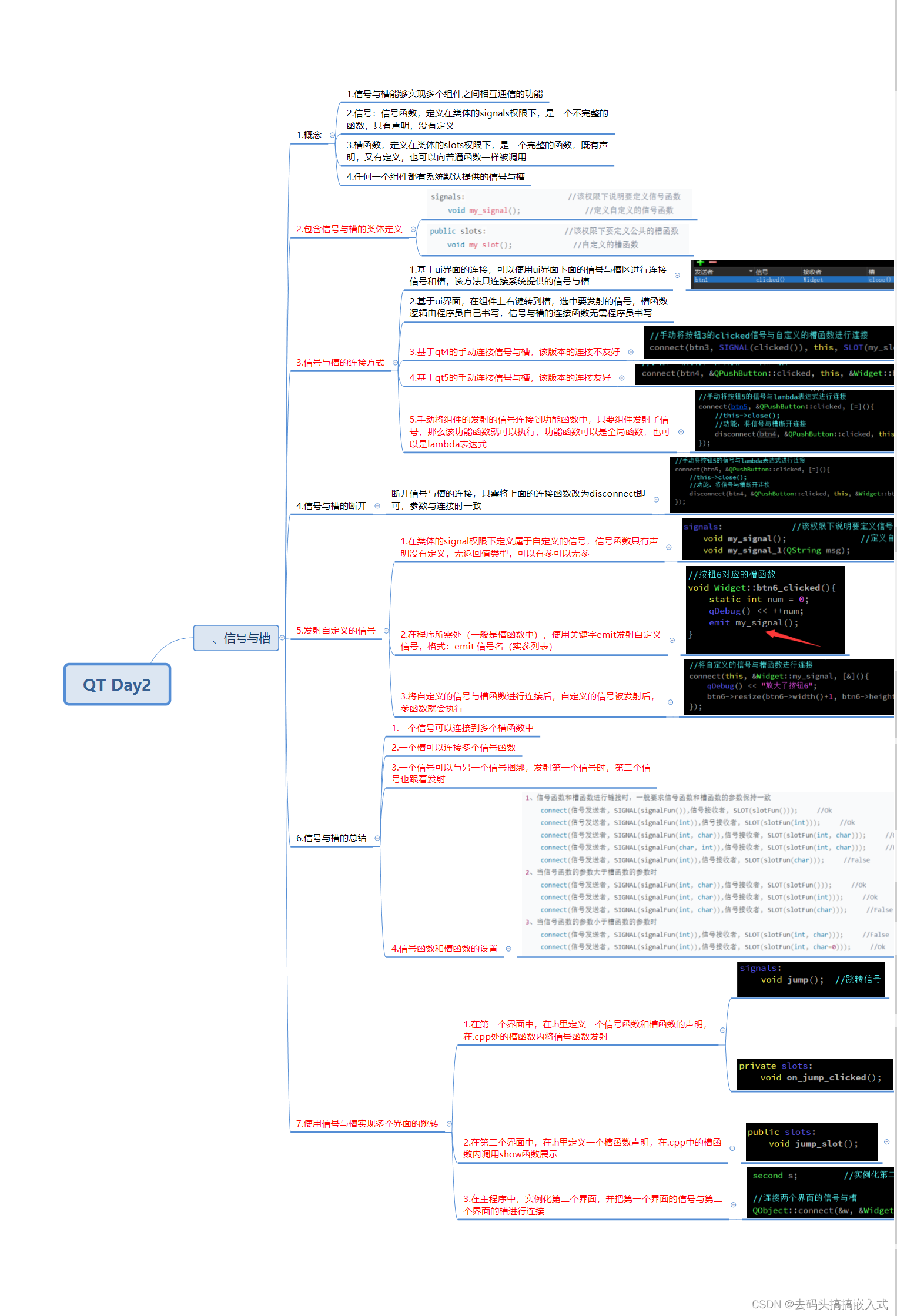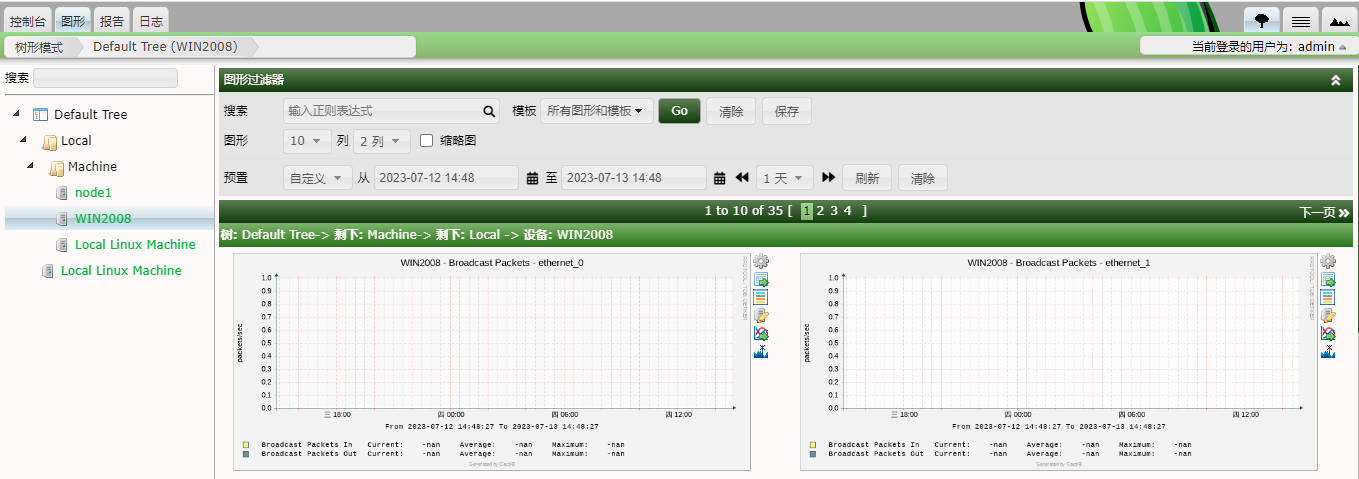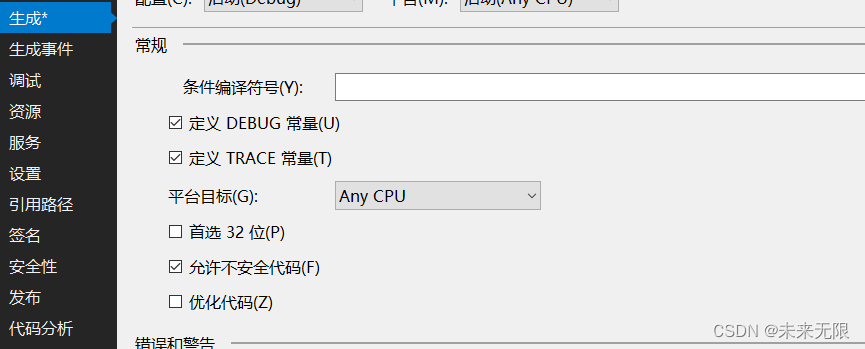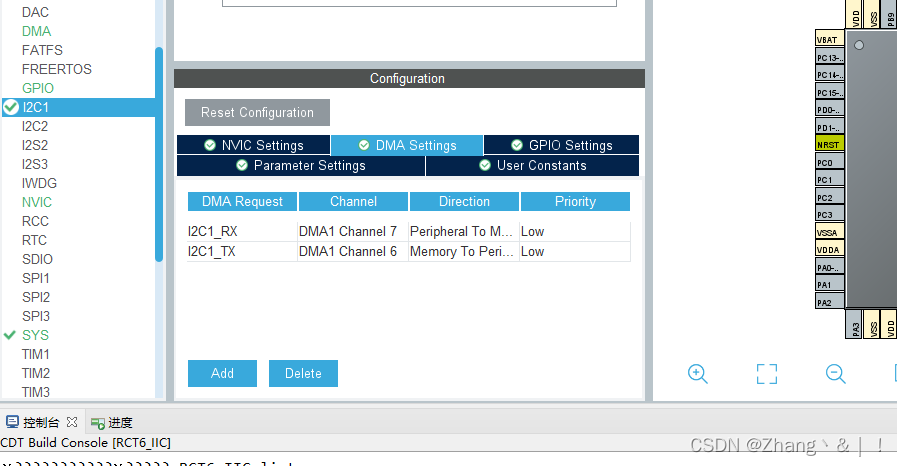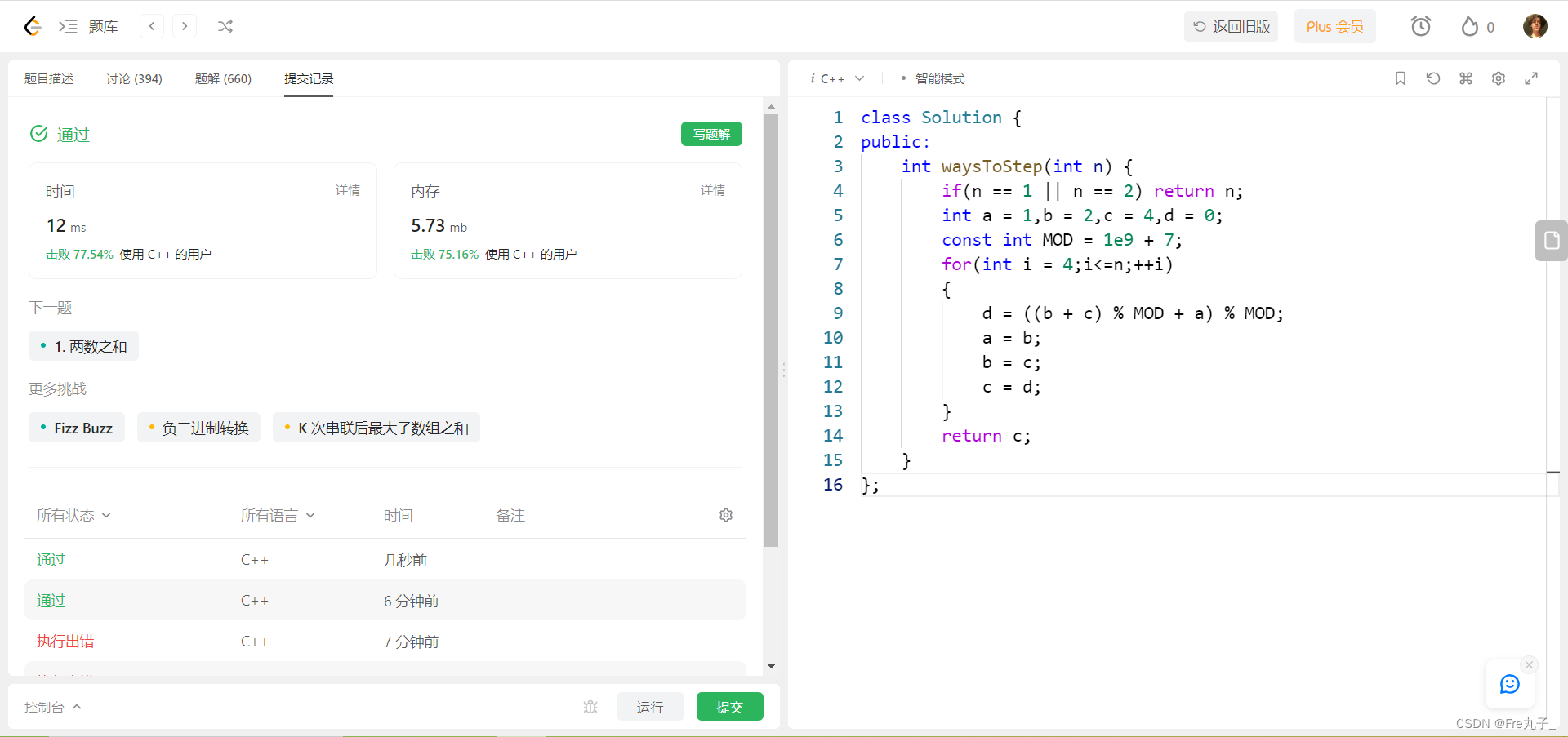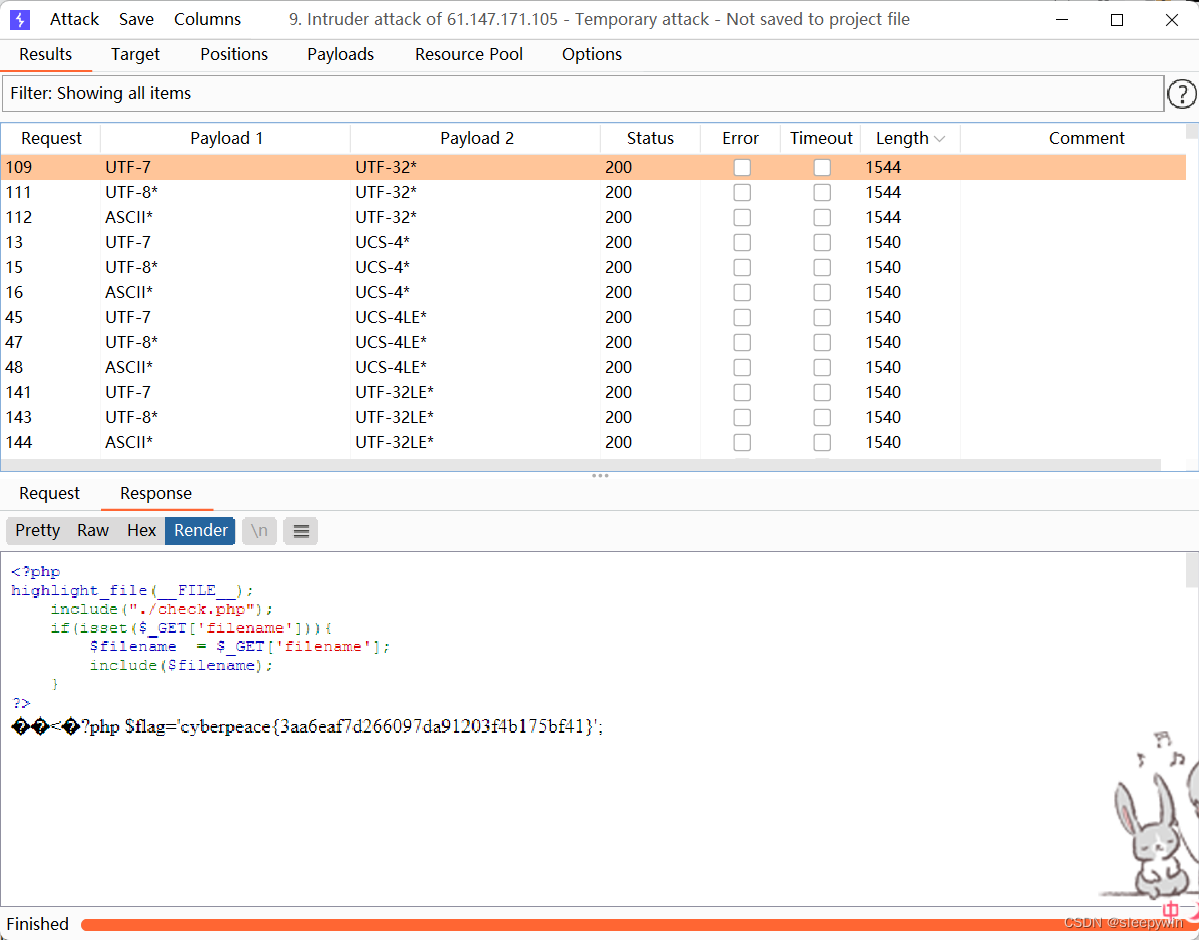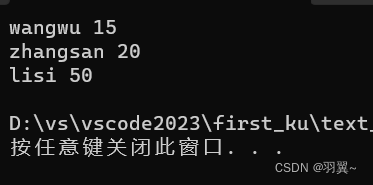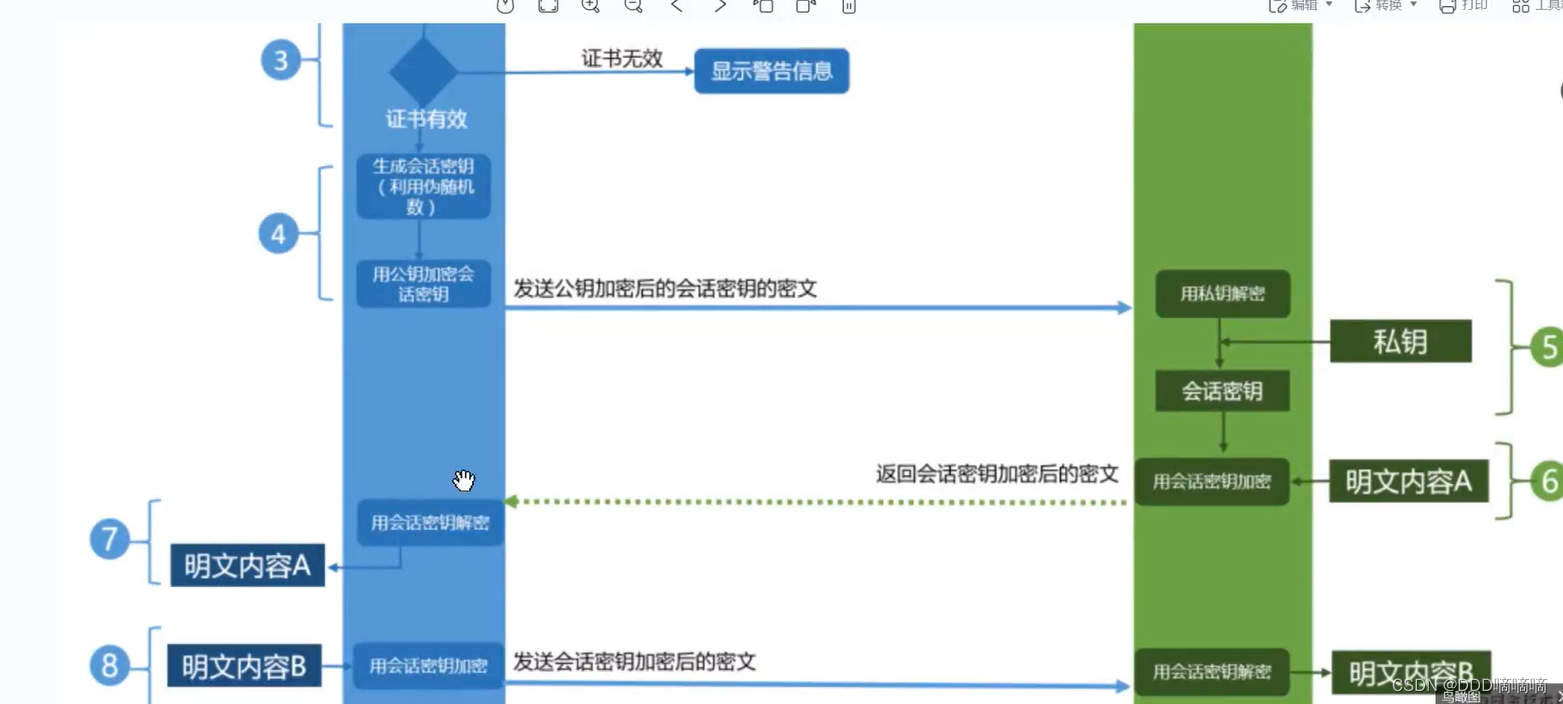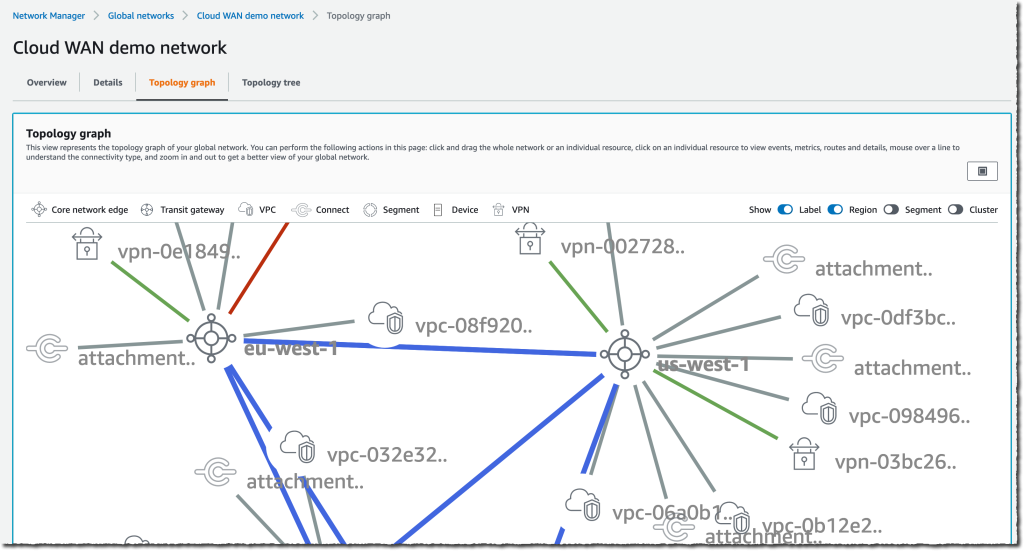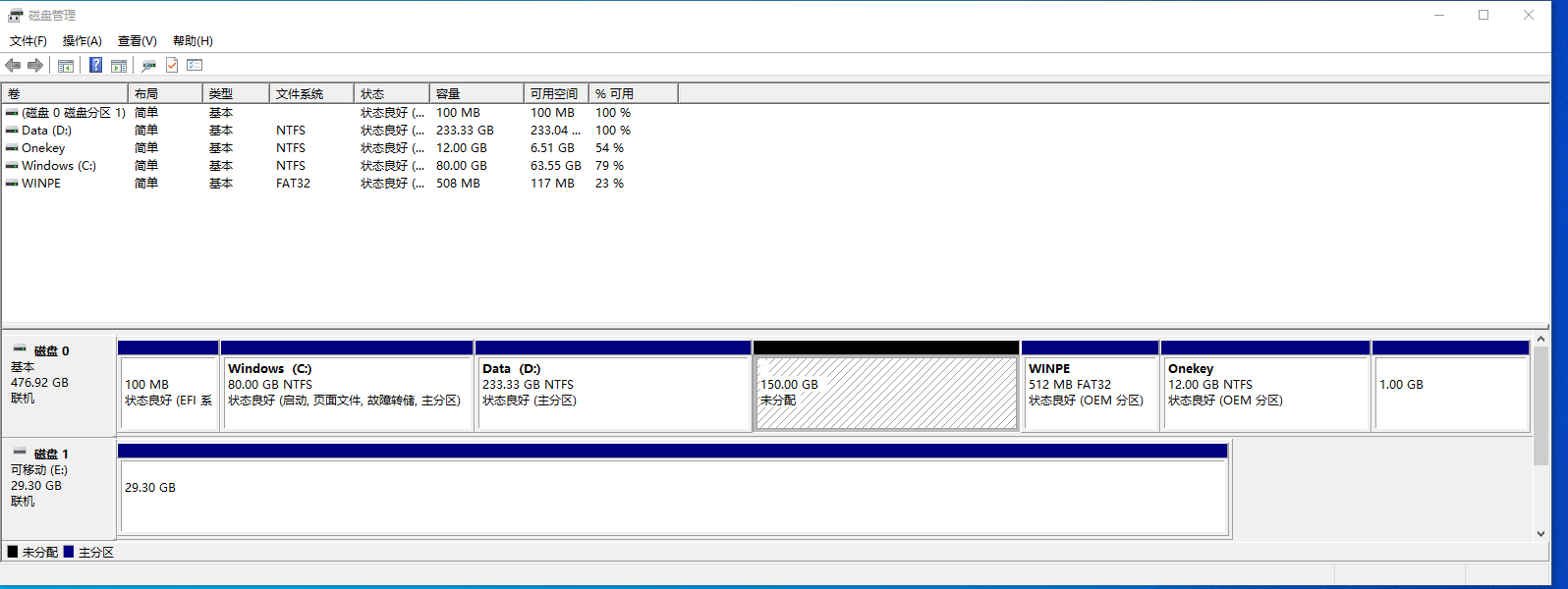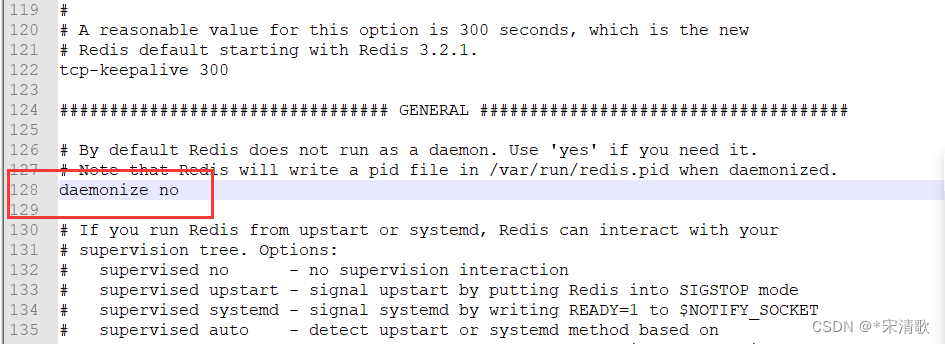
一、继续完善登录框,当登陆成功时,关闭登陆页面,跳转到新的界面中
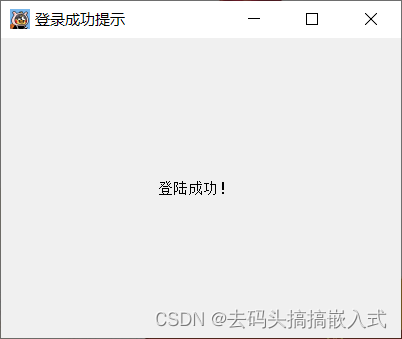
源码:
widget.h
#ifndef WIDGET_H
#define WIDGET_H
#include <QWidget>
#include <QDebug> //用于打印输出
#include <QIcon> //图标头文件
#include <QPushButton> //按钮类头文件
#include <QLineEdit> //行编辑器类
#include <QLabel> //标签文件
class Widget : public QWidget
{
Q_OBJECT
public:
Widget(QWidget *parent = nullptr);
~Widget();
//标签类
QLabel *lab1;
QLabel *lab2;
QLabel *lab3;
//行编辑器类
QLineEdit *edit1;
QLineEdit *edit2;
//按钮类
QPushButton *btn1;
QPushButton *btn2;
//自定义信号
signals:
void jump(); //跳转信号
public slots:
void cancel_slot();
void login_slot();
};
#endif // WIDGET_H
second.h
#ifndef SECOND_H
#define SECOND_H
#include <QWidget>
#include <QDebug> //用于打印输出
#include <QIcon> //图标头文件
#include <QPushButton> //按钮类头文件
#include <QLineEdit> //行编辑器类
#include <QLabel> //标签文件
namespace Ui {
class Second;
}
class Second : public QWidget
{
Q_OBJECT
public:
explicit Second(QWidget *parent = nullptr);
~Second();
//标签类
QLabel *lab1;
public slots:
void jump_slot();
private:
Ui::Second *ui;
};
#endif // SECOND_H
widget.cpp
#include "widget.h"
Widget::Widget(QWidget *parent)
: QWidget(parent)
{
//设置整体大小、标题及图标
this->setFixedSize(700, 600);
this->setWindowTitle("IKUN真爱小屋❤");
this->setWindowIcon(QIcon(":/icon/1.jpeg"));
this->setWindowOpacity(0.95); //设置透明度
//设置Logo标签
lab1 = new QLabel(this);
lab1->resize(700,200);
lab1->setPixmap(QPixmap(":/icon/2.JPG"));
lab1->setScaledContents(true); //设置内容自适应
//设置用户和密码所图标
lab2 = new QLabel(this);
lab2->resize(50,50);
lab2->setPixmap(QPixmap(":/icon/username.png"));
lab2->setScaledContents(true);
lab2->move(150,260);
lab3 = new QLabel(this);
lab3->resize(50,50);
lab3->setPixmap(QPixmap(":/icon/passwd.jpg"));
lab3->setScaledContents(true);
lab3->move(150,360);
//设置行编辑器
edit1 = new QLineEdit(this);
edit1->resize(190, 40);
edit1->move(280, 265);
edit1->setStyleSheet("border : none; "
"border-bottom: 2px solid grey;");
edit1->setPlaceholderText("账号:");
edit2 = new QLineEdit(this);
edit2->resize(190, 40);
edit2->move(280, 365);
edit2->setStyleSheet("border : none; "
"border-bottom: 2px solid grey;");
edit2->setPlaceholderText("密码:");
edit2->setEchoMode(QLineEdit::Password);
//设置按钮 登录
btn1 = new QPushButton(this);
btn1->setText("登录");
btn1->resize(130,40);
btn1->move(150, 490);
btn1->setIcon(QIcon(":/icon/login.png"));
//手动将登录与自定义的槽函数进行连接,该连接是友好的连接qt-5
connect(btn1, &QPushButton::clicked, this, &Widget::login_slot);
//设置按钮 取消
btn2 = new QPushButton(this);
btn2->setText("取消");
btn2->resize(130,40);
btn2->move(440, 490);
btn2->setIcon(QIcon(":/icon/cancel.png"));
//手动将取消按钮的clicked信号与自定义的槽函数进行连接-qt4
connect(btn2, SIGNAL(clicked()), this, SLOT(cancel_slot()));
}
Widget::~Widget()
{
}
//自定义槽函数的实现
void Widget::cancel_slot(){
this->close();
}
//自定义槽函数的实现
void Widget::login_slot(){
if(this->edit1->text() == "admin" && this->edit2->text() == "123456"){
qDebug() << "登陆成功!";
emit jump(); //发射跳转函数信号
this->close();
}else{
qDebug() << "登陆失败,请重新登录!";
this->edit2->clear();
}
}
second.cpp
#include "second.h"
#include "ui_second.h"
Second::Second(QWidget *parent) :
QWidget(parent),
ui(new Ui::Second)
{
ui->setupUi(this);
//整体设置
this->setWindowTitle("登录成功提示");
this->setWindowIcon(QIcon(":/icon/3.jpeg"));
//设置跳转标签
lab1 = new QLabel(this);
lab1->setText("登陆成功!");
lab1->resize(390,300);
lab1->setAlignment(Qt::AlignCenter);
}
Second::~Second()
{
delete ui;
}
//跳转槽信号
void Second::jump_slot()
{
this->show();
}
main.cpp
#include "widget.h"
#include "second.h"
#include <QApplication>
int main(int argc, char *argv[])
{
QApplication a(argc, argv);
Widget w;
w.show();
Second s; //实例化第二个界面
//将第一个界面发射信号与第二个界面的展示槽函数连接
QObject::connect(&w, &Widget::jump, &s, &Second::jump_slot);
return a.exec();
}
二、新建一个工程文件,将默认提供的代码注释

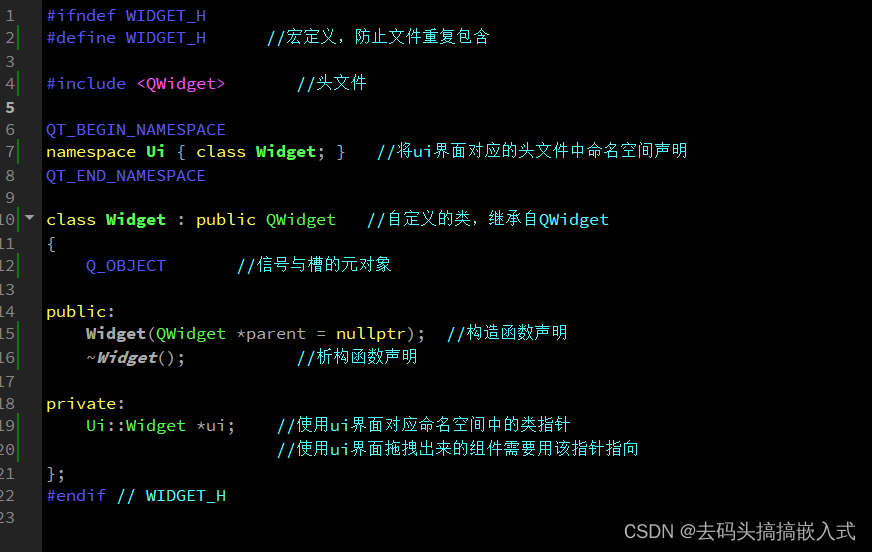
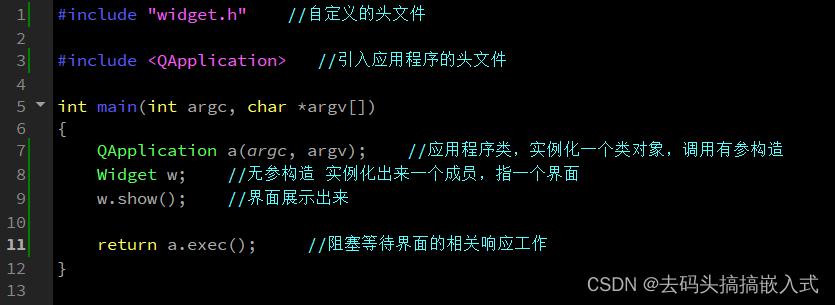
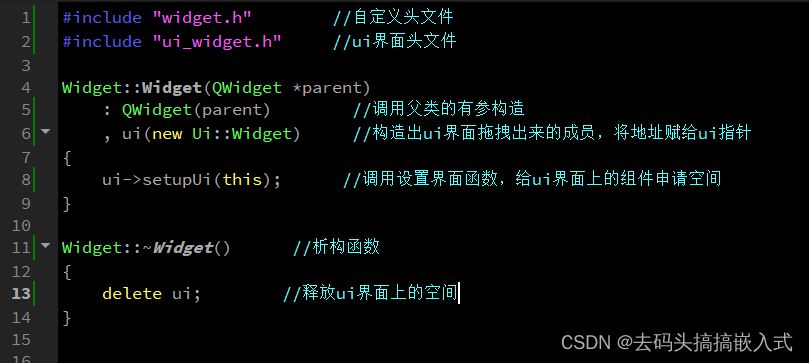
三、思维导图
